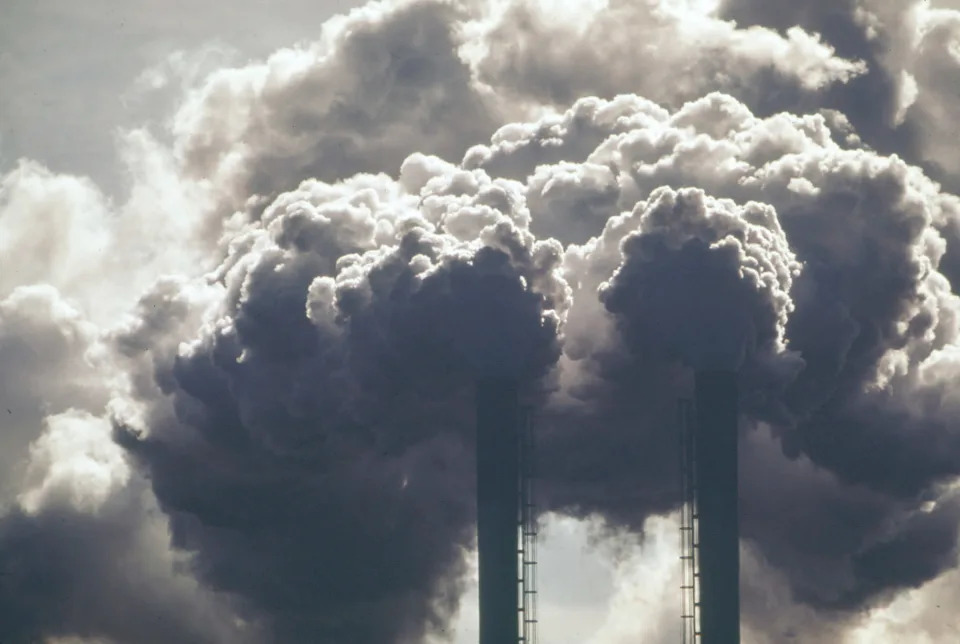Rolling Stone
Supreme Court Rules 6-3 That the Planet Should Burn

The Supreme Court ruled on Thursday that the Environmental Protection Agency cannot regulate how much climate pollution power plants emit under the Clean Air Act. The court ruled 6-3, along idealogical lines, with Chief Justice John Roberts writing the majority opinion.
“Capping carbon dioxide emissions at a level that will force a nationwide transition away from the use of coal to generate electricity may be a sensible ‘solution to the crisis of the day,” Roberts wrote. “But it is not plausible that Congress gave the EPA the authority to adopt on its own such a regulatory scheme … A decision of such magnitude and consequence rests with Congress itself, or an agency acting pursuant to a clear delegation from that representative body.”
More from Rolling Stone
- The Supreme Court Isn’t Done Carrying Water for Right-Wing Activists
- Supreme Court to Rule on Whether Republican State Legislatures Can Rig Elections
- Trumpists Call on Supreme Court to Let States ‘Establish Religion Within Their Borders’
West Virginia v. Environmental Protection Agency stemmed from the Clean Air Act, an Obama-era law that mandated certain emissions regulations. West Virginia was one of several fossil-fuel-rich states to sue the EPA over the regulations, leading the Supreme Court to rule that the Clean Power Plan (the part of the Clean Air Act that called for emissions regulations) must be suspended until the courts could upheld its legality. The Trump administration issued its own industry-friendly plan that may have even increased emissions, but it never went into effect, either. The courts struck the Affordable Clean Energy plan down just as the former president was leaving office.
It’s now up to the Biden administration to propose a replacement. It will be severely limited in its ability to do so thanks to the Supreme Court’s ruling on Thursday.
Elena Kagan authored the dissenting opinion. “Whatever else this Court may know about, it does not have a clue about how to address climate change,” the liberal justice wrote. “The Court appoints itself — instead of Congress or the expert agency — the decision maker on climate policy. I cannot think of many things more frightening.”
The court ruling marks another victory for a conservative effort to thwart climate action on a federal level. Using the Clean Air Act to regulate greenhouse gas emissions was at best a backup plan, as Democrats had initially hoped to curb climate emissions via comprehensive climate legislation. Under President Obama, Democrats pitched a market-based “cap-and-trade” carbon emissions plan. Progressives objected to it, but it was favored by industry groups and a centrist coalition who said the approach would bring Republicans along. The bill died in the Senate amid near-unanimous GOP opposition.
The Obama administration subsequently turned its attention to using the Clean Air Act to address the electricity sector’s contribution to climate change, but the fossil fuel lobby has fought it at every step, culminating in their victory Thursday.
Democratic leaders have excoriated the court for the decision. “The Republican-appointed majority of the MAGA Court is pushing the country back to a time when robber barons and corporate elites have complete power and average citizens have no say,” said Senate Majority Leader Chuck Schumer (D-N.Y.)
President Biden, who has largely staked his presidency on taking on the climate crisis, called the ruling a “devastating decision.”
“While this decision risks damaging our nation’s ability to keep our air clean and combat climate change, I will not relent in using my lawful authorities to protect public health and tackle the climate crisis,” the president said in a statement.
